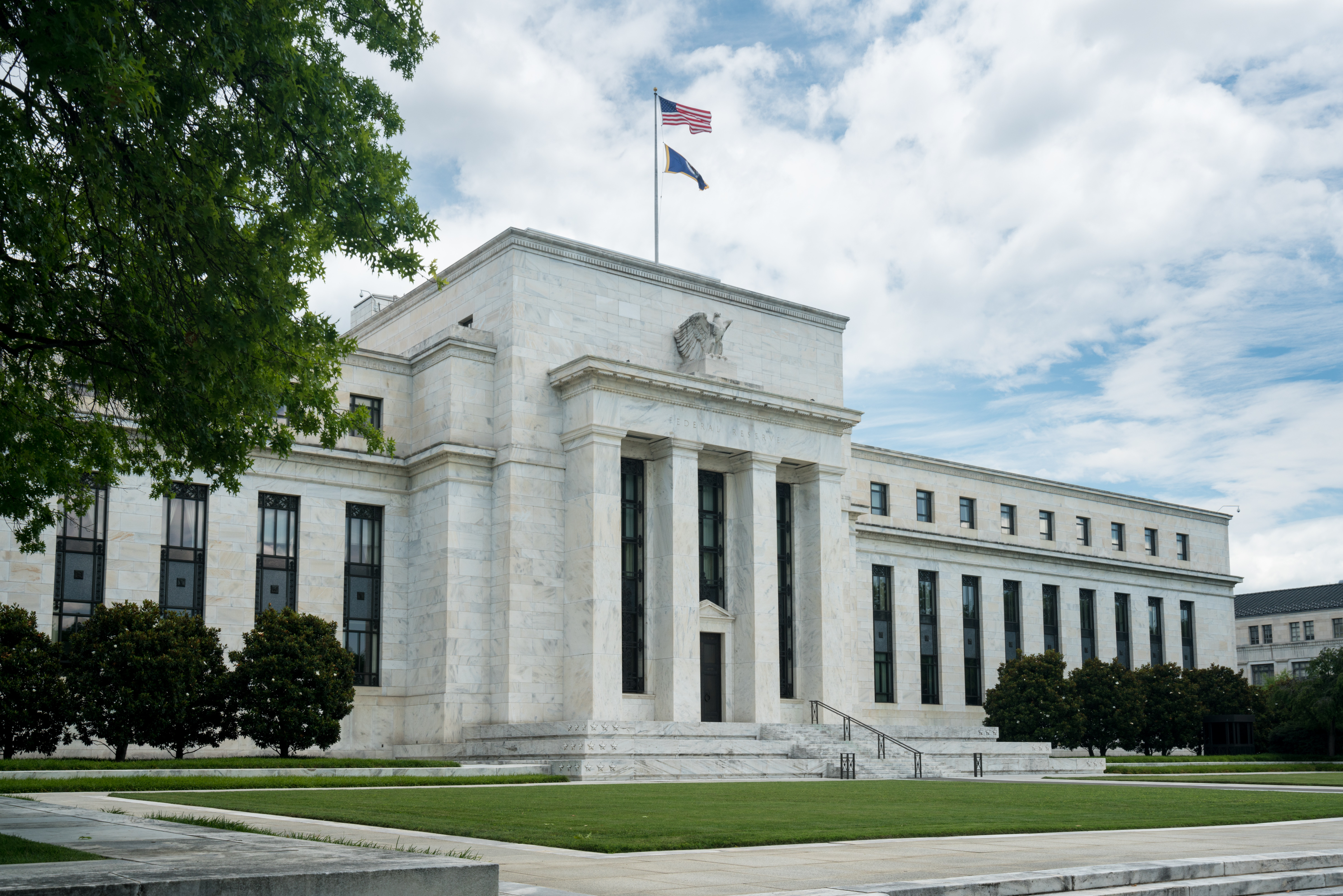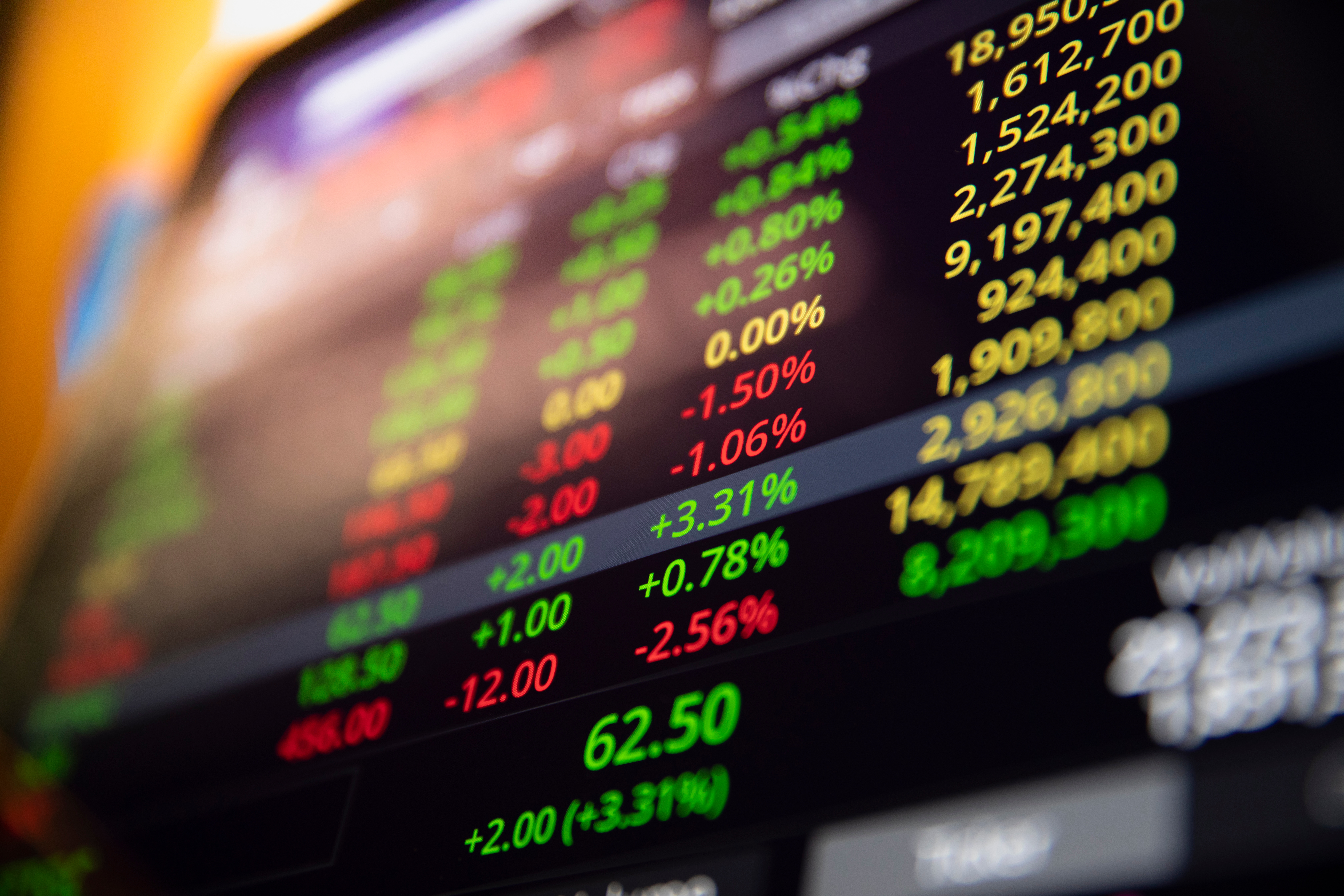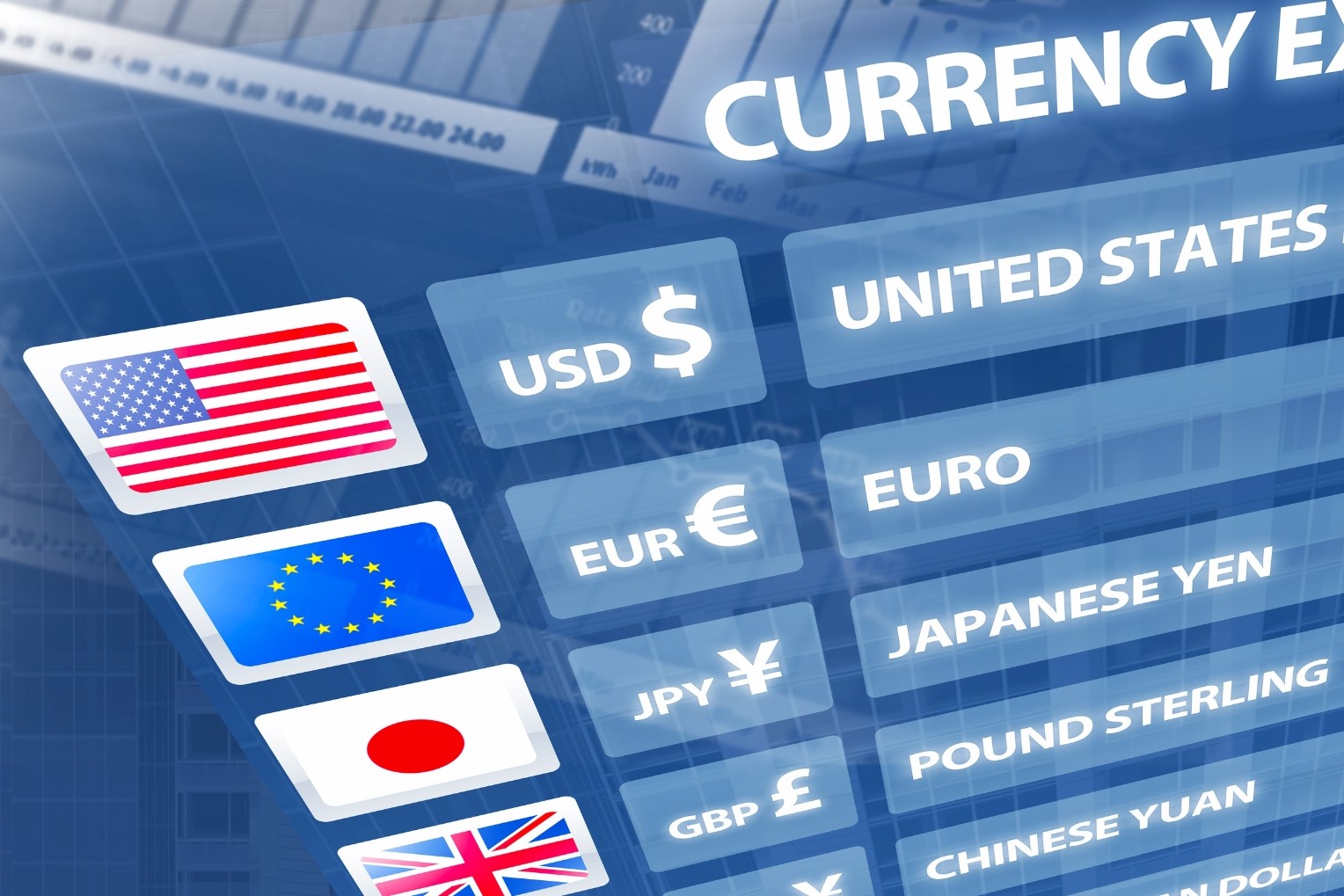In his first macro update of the year, our CIO Kevin Boscher reflects on the possibility of a soft landing and what this could mean for investors.
It looks increasingly likely that the US economy is on course for a soft landing and that the UK and Europe can avoid a meaningful recession this year. A number of factors have combined to offset much of the impact from higher rates, including strong consumer and corporate balance sheets, a free-spending US government, a further unwinding of the pandemic-related supply chain and labour market disruption, and lower commodity prices. At the same time, inflation is falling fast in many developed and developing economies, even if it is taking a bit longer than hoped to return to the targeted 2% level.
Equities, in particular, have carried on the recovery that started last October and enjoyed a strong start to the year thanks to an improving growth and earnings outlook, disinflation and the prospect of easier monetary policy. Government bonds, on the other hand, have struggled as investors have pared back their expectations for rate cuts, especially longer-duration issues. We are cognisant of near-term threats to this rosy macro backdrop, but optimistic that both equities and bonds will continue to deliver attractive returns over the rest of 2024 and beyond.
US outperformance looks set to continue
The US looks set to continue to outperform other advanced economies for some time to come. US consumers have reduced debt levels since the global financial crisis and are enjoying strong income growth thanks to full employment, real wage growth and higher property and equity prices. Although the huge build-up in their savings has largely been run down, rising wealth will continue to support spending and favour the US relative to the UK or Europe. The US is also in the midst of a cyclical upturn in productivity, which feeds through to comparatively stronger growth in real average incomes and thus supports consumption. In addition, US fiscal policy is very loose in absolute terms and relative to other developed economies and this is unlikely to change whoever wins the election. Many US companies are also sitting on large cash piles, which has helped boost earnings as interest rates have risen.
Are we in the early stages of a disinflationary growth boom?

Somewhat surprisingly, especially given the fact that rates have risen aggressively, the global manufacturing sector appears to be rebounding and staging a broad-based recovery. Manufacturing is actually a relatively small part of the world economy and it is therefore unlikely to significantly reverse the weaker growth trend near-term, but it is important and has implications for financial markets. Throughout history, any major pickup in manufacturing has often been a good indication of where the global economy is headed, and it is the most cyclical part of the economy.
There are three main sources of demand that have prompted the recovery. In the US, a strong labour market and resilient consumer demand have helped pull the manufacturing industry out of its post-pandemic slump. The Chinese economy has also done better than feared thanks to targeted stimulus by the authorities and a recovery in capital investment and infrastructure spending. Manufacturing onshoring and de-risking from China has also been a key strategy in many Western economies at the same time as China has been relocating its productive capacity elsewhere to bypass US trade restrictions and tariffs. This has triggered a surge in manufacturing investment. This trend, if it continues, could result in a disinflationary acceleration in economic growth later this year, which would be positive for long-term productivity and economic growth. It might also be the macroeconomic story that dominates financial markets for the remainder of the year.
The last time a disinflationary boom occurred in the US was in the second half of the 1990s, when growth averaged over 4% but inflation continued to fall along with a declining unemployment rate. This period was driven by the Internet revolution and the resulting surge in productivity growth. It is possible that the US, in particular, but also potentially other major economies, are on the cusp of another long-term upswing in labour productivity, likely driven by AI and a wide range of new technologies and innovations in alternative energy, biosciences and other areas. If this materialises, this could help offset some of the forces putting upward pressure on longer-term inflation such as deglobalisation, an ageing demographic and shrinking workforces.
Inflation still looks set to fall, allowing central banks to ease policy

In the meantime, and importantly, if stronger global manufacturing is indeed a harbinger of a broad pickup in the global economy, will this lead to a re-acceleration of inflationary pressures and torpedo Federal Reserve (“Fed”) policy? This might be the case, especially if it leads to higher energy and commodity prices. However, it is more likely that the disinflationary process developing in the US and globally will be sustained even as growth strengthens. There are a number of reasons for this; falling inflation in the US and Europe is being driven by a normalisation from the pandemic and war-related shocks together with a recovery in goods and labour supply, rather than weaker growth; goods deflation will likely persist with import prices from China falling sharply and China continues to face a structural growth problem; and core inflation in the US and many developed economies has either already fallen to 2% or is close to target and leading indicators suggest this can continue.
These strong disinflationary trends and easing labour market pressures will allow central banks to begin cutting interest rates in the next few months. The Fed and other central bank policies are clearly shifting from a focus purely on fighting inflation to a more balanced approach that stresses both price stability and strong employment. For example, Fed Chair Jerome Powell has sent a powerful message by indicating that rate cuts are coming despite the Fed lifting its inflation and growth targets for 2024 and next year. Inflation still holds the key for Fed policy and the recent rise in energy prices and an escalation in geo-political tensions are threats. However, there is a good chance that the Fed’s preferred personal consumption expenditure measure could reach 2% before year-end as China continues to export deflation, wage growth moderates and rental inflation eases. In the meantime, inflation in the UK could be the real surprise as it hits 2% in the next month or so, maybe persuading the Bank of England to be the first to cut rates, having also been the early mover in pushing rates higher.
More evidence of the changing world order
Evidence continues to mount that the return of geopolitics and the fracturing of the global economy are resulting in a changing world order. Consequently, we remain open-minded on the “Fire vs Ice” debate in terms of the longer-term inflation outlook. However, we are leaning towards the former since shrinking workforces are here to stay and we expect easier fiscal policy across most developed economies, which will challenge central banks as it will be very difficult for them to keep rates as high as needed given global debt levels. That said, as explained earlier, the prospect of a disinflationary boom leading to higher productivity growth, which would help offset some of the secular deflationary forces, is also a feasible prospect.
A positive backdrop for markets, especially equities

This macro backdrop should be positive for both bonds and equities over the next year or so as disinflation and softer growth enables central banks to start cutting rates. I think it matters less when the first rate cut materialises or how many we see this year, much more important is lower inflation being the catalyst for easier monetary policy and the avoidance of a prolonged or deep recession. As far as bonds are concerned, we continue to favour shorter maturity issues, partly because the yields remain superior and partly because the risks of higher inflation volatility long-term and bigger fiscal deficits will mean that investors demand a bigger risk premium for buying longer maturity issues. Corporate bonds should also deliver solid returns over the next year or two, but again we favour shorter duration and higher quality issues. The spread (excess yield) over safe assets available on credit is already very low in many cases and has limited room to compress further. Weaker-than-expected growth and rising default rates would almost certainly see spreads widen out, thus leading to lower returns.
Equities should continue to outperform bonds over the next couple of years since disinflationary growth is unambiguously bullish for the asset class. Admittedly, equity valuations are starting to look stretched in some areas, namely some of the magnificent seven and other mega-cap growth stocks, and on a relative basis to bonds. After a strong run and given that quite a lot of “good news” is priced in, it would not be surprising to see a pause in the stock market recovery or even a period of correction. However, the combination of falling rates and bond yields, a recovery in earnings growth, a more benign liquidity environment and excitement around the potential for AI to boost long-term productivity growth and margins is a powerful tailwind for equities.
There are early signs that the market is becoming more differentiating, with a divergence in performance within the magnificent seven and a broadening out of the rally to include mid- and small-cap stocks, more value and cyclical-orientated sectors and emerging markets. We expect this trend to continue and such a backdrop is very supportive of our core themes. For example, as more companies and governments focus on finding ways to boost long-term productivity and growth through the adoption of new technologies, including in the healthcare space, and, in addition, an improving growth outlook for both developed and developing economies and rising real incomes should be positive for our global consumption theme.
The end of an era in Japan
As another sign of the changing world and after much fanfare, the Bank of Japan has finally abandoned its negative interest rate and yield curve control policies. The Japanese economy is recovering this year and the country finally appears to have escaped from its 30-year-plus deflationary trap. Even the Nikkei Equity Index has recently made new highs, some 34 years after the last one. This has important implications for the global economy and financial markets since the Japanese (with their huge excess savings) have been significant investors overseas as they search for higher yields against the background of a weakening yen. Should these trends reverse, then Japanese investors will look to sell overseas assets and repatriate funds back home for local markets. However, this is likely to be a very long-term trend and unlikely to be a major factor over the next couple of years since neither price pressures nor growth are yet strong enough to warrant a fully-fledged tightening cycle.
The dollar is likely to remain strong for a while

It is difficult to become too bearish on the prospects for the US dollar over the next year or so. The US economy remains strong in absolute and relative terms, US bond yields offer a premium to most other developed markets whist US companies continue to generate strong returns on capital. In addition, although the Fed will be cutting rates, so too will other central banks, perhaps quicker and to a greater extent. Longer-term, there are reasons to take a more cautious view towards the dollar such as growing levels of US debt and a very loose fiscal policy, which shows no signs of reversing whether Trump or Biden occupy the White House. Indeed, the prospect of growing US spending profligacy and the debasing of fiat currencies (currencies that are not backed by physical assets such as gold or silver) is one factor behind the recent strength in the gold price. China and many other central banks are buying gold either to counter the risks of Western countries weaponizing the current global financial system or for currency diversification purposes. Private investors are also buying gold to diversify against intensifying geopolitical tensions, potential conflicts and rising debt levels.
There are no guarantees that the path forward for the global economy, central bank policy and financial markets will be smooth. The global macro and geo-political environment remains challenging and uncertain and, as always, there are plenty of risks that could derail our positive outlook. The main threats include the Fed keeping policy too tight for too long, a spike in oil prices due to an escalation in either the Middle East or Ukraine, a Chinese devaluation or a turn for the worse in either the growth or inflation outlook. Provided nothing comes around to disrupt the key drivers for markets, namely a soft landing, the powerful mega-trends led by AI, falling inflation and the prospect of imminent rate cuts, we remain optimistic for the rest of 2024 and beyond.


